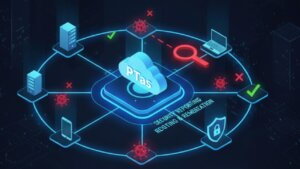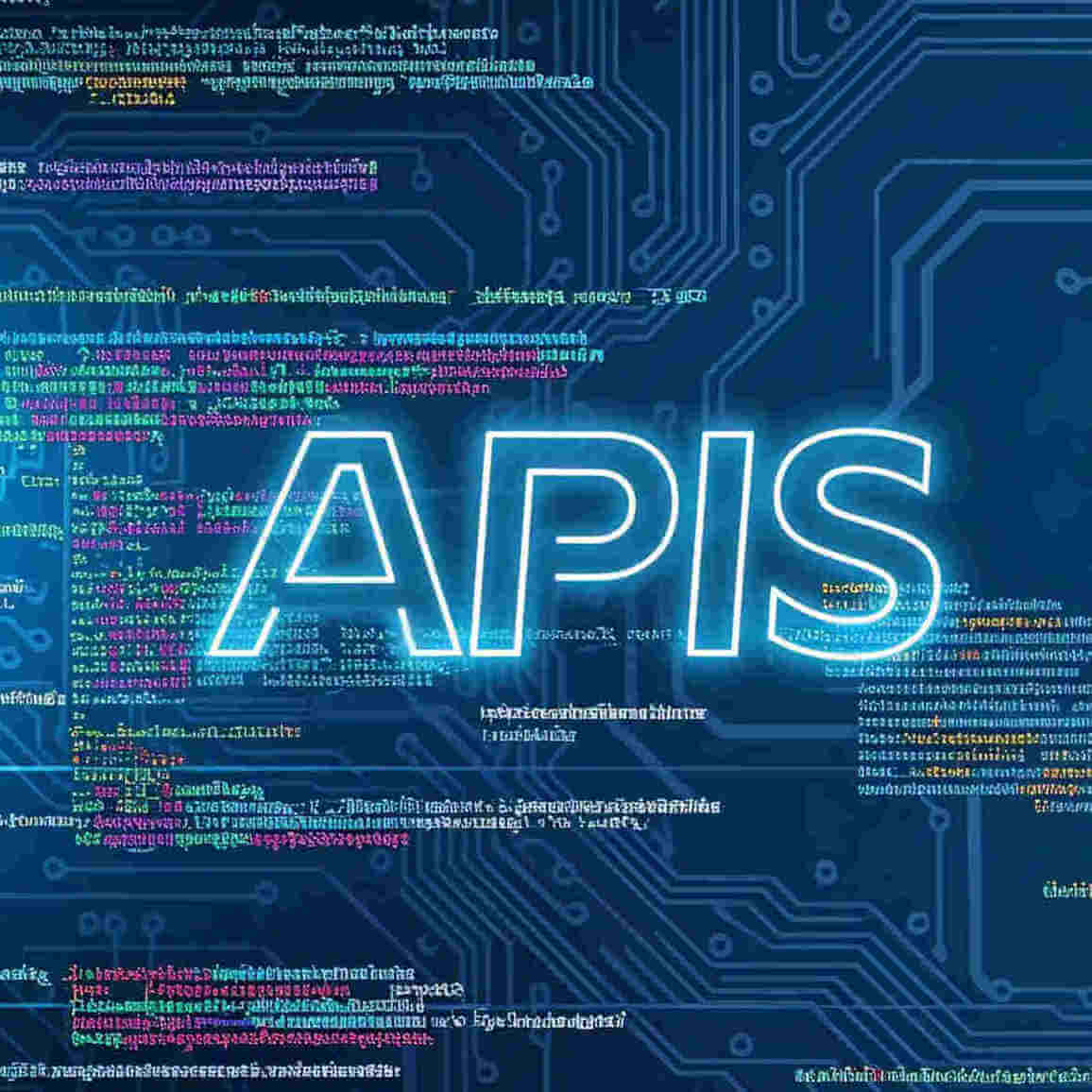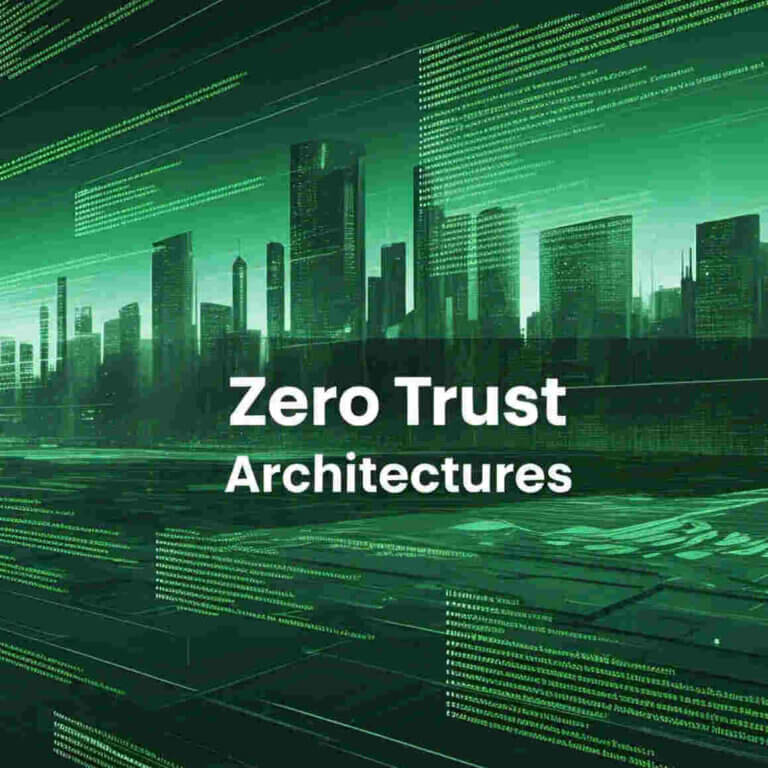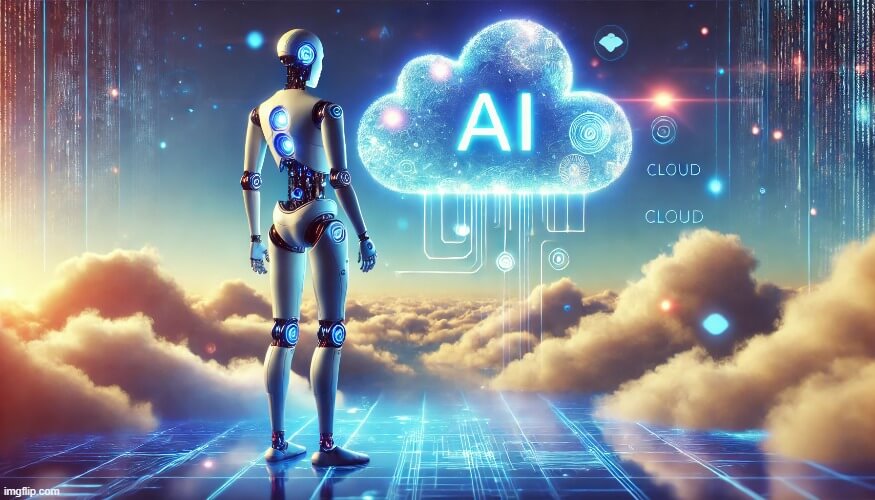APIs are the cornerstone of digital communication in modern applications, enabling everything from mobile apps to cloud services. As their role becomes more integral, securing APIs is no longer optional. Two fundamental aspects of API security are authentication (verifying who you are) and authorization (determining what you’re allowed to do). With rising threats and evolving architectures, traditional models are giving way to more robust strategies—leading the way is Zero Trust.
In this blog, we’ll explore the evolution of API authentication and authorization mechanisms, compare common standards like API keys, JWT, and OAuth 2.0, and show how Zero Trust principles are reshaping API security in 2025.
-Book Your FREE Security Consultation Today!
Table of Contents
Understanding API Authentication and Authorization
Authentication ensures that only legitimate users or systems can access the API.
Authorization defines what those authenticated users can do.
For example:
Authentication: Verifying the API request comes from a valid user.
Authorization: Ensuring that user is allowed to retrieve or update a particular resource.
Security flaws in either of these layers can lead to data breaches, privilege escalation, or service disruptions.
Common API Authentication Standards
1. API Keys
API keys are static, alphanumeric tokens passed in request headers or URLs.
Pros:
Simple to implement.
Easy for basic use cases and internal APIs.
Cons:
No built-in expiration or revocation.
Cannot distinguish between users.
Susceptible to leakage.
Use Case: Suitable for low-risk services or internal applications.
2. JWT (JSON Web Token)
JWTs are stateless tokens containing claims (user ID, roles, etc.) signed and optionally encrypted.
Pros:
Self-contained and portable.
Ideal for stateless APIs and microservices.
Can be easily decoded for authorization logic.
Cons:
Token revocation is complex.
Exposure can lead to misuse until expiration.
Use Case: Ideal for distributed systems where scalability is essential.
3. OAuth 2.0
OAuth 2.0 is a robust framework that allows delegated access using access tokens.
Pros:
Widely adopted and standardized.
Supports scopes and granularity.
Allows third-party access without sharing credentials.
Cons:
Implementation complexity.
Requires careful configuration.
Use Case: Best for apps requiring user consent and third-party integrations (e.g., login with Google).
Comparison Table: The 3 Major Authentication Methods
| Feature | API Keys | JWT | OAuth 2.0 |
|---|---|---|---|
| Stateless | Yes | Yes | Depends |
| Scalable | Yes | Yes | Yes |
| Easy to Implement | Yes | Moderate | Complex |
| Fine-grained Authorization | No | Yes | Yes |
| Token Revocation | No | Difficult | Supported |
| Use Case | Internal APIs | Microservices | User Delegation |
Moving Toward Zero Trust
Zero Trust is a security model based on the principle of “never trust, always verify.” Unlike traditional perimeter-based models, Zero Trust assumes breaches are inevitable and continuously validates trust at every access attempt.
Key Tenets of Zero Trust in API Security:
Least Privilege Access: APIs should enforce the minimum necessary permissions.
Continuous Authentication: Not just at login—revalidate on each API call if needed.
Micro-Segmentation: Break systems into zones to contain potential breaches.
Context-Aware Policies: Decisions based on user, location, device, and behavior.
Monitoring & Logging: Track API activity for anomalies and compliance.
How Authentication and Authorization Align with Zero Trust
Traditional Model:
User logs in once.
Session remains trusted until logout or timeout.
Little to no real-time validation.
Zero Trust Model:
User or app must prove identity with each interaction.
Token validity is continuously evaluated.
Fine-grained access controls are dynamically enforced.
Example: A developer using a REST API from a new device triggers adaptive authentication or MFA, even if their token is technically valid.
Implementing Zero Trust with OAuth 2.0 and JWT
OAuth 2.0 and JWT can be adapted to align with Zero Trust principles:
Short-lived Tokens: Reduce the risk of misuse by limiting token validity.
Refresh Tokens with Re-authentication: Enforce periodic revalidation.
Scopes and Claims: Use JWT claims to enforce attribute-based access.
Token Introspection: OAuth’s introspection endpoint checks if a token is still valid.
Device and IP Whitelisting: Reject tokens used from unfamiliar environments.
The Future: AI-Powered API Security
In 2025, AI and ML are increasingly used for real-time API threat detection:
Behavior-based anomaly detection.
Automated policy adjustment.
User and entity behavior analytics (UEBA).
Pairing Zero Trust with AI enables APIs to adapt to evolving threats while maintaining usability.
Best Practices for Modern API Authentication and Authorization
Use OAuth 2.0 and OpenID Connect for public APIs.
Apply JWT with short expirations and secure claims.
Avoid using API keys in high-risk environments.
Implement fine-grained access controls (ABAC/RBAC).
Integrate with identity providers (IdPs) for unified control.
Enable logging and analytics to monitor access patterns.
Incorporate Zero Trust principles at every access point.
Conclusion
API authentication and authorization have evolved significantly, from simple API keys to sophisticated OAuth 2.0 and JWT-based systems. But with today’s dynamic threat landscape, even these standards need to evolve. By embracing Zero Trust principles, organizations can move beyond static access models and adopt a dynamic, context-aware approach to securing APIs.
As APIs continue to power digital transformation, security teams must stay ahead by combining proven authentication methods with forward-thinking strategies like Zero Trust. It’s not just about who you are—it’s about verifying continuously, contextually, and intelligently.
Why Businesses Trust SecureMyOrg for Comprehensive Network Security
At SecureMyOrg, we uncover and fix all possible security vulnerabilities of mobile and web, while providing solutions to mitigate risks. We are trusted by renowned companies like Yahoo, Gojek and Rippling, and with 100% client satisfaction, you’re in safe hands!







Some of the things people reach out to us for –
- Building their cybersecurity program from scratch – setting up cloud security using cost-effective tools, SIEM for alert monitoring, building policies for the company
- Vulnerability Assessment and Penetration Testing ( VAPT ) – We have certified professionals, with certifications like OSCP, CREST – CPSA & CRT, CKA and CKS
- DevSecOps consulting
- Red Teaming activity
- Regular security audits, before product release
- Full time security engineers.
Relevant Posts

AI-Powered Phishing Emails: 7 Ways to Spot and Stop Them Before They Strike
Penetration testing as a service (PTaaS) lets experts simulate real attacks to uncover vulnerabilities before hackers do. This guide explains the process, benefits, and costs, helping businesses strengthen defenses with predictable, ongoing security checks.

Why Regular Penetration Testing is Essential for Modern Companies
Penetration testing as a service (PTaaS) lets experts simulate real attacks to uncover vulnerabilities before hackers do. This guide explains the process, benefits, and costs, helping businesses strengthen defenses with predictable, ongoing security checks.

What Is Penetration Testing as a Service?
Penetration testing as a service (PTaaS) lets experts simulate real attacks to uncover vulnerabilities before hackers do. This guide explains the process, benefits, and costs, helping businesses strengthen defenses with predictable, ongoing security checks.

How To Inspect Encrypted Traffic Without Breaking Privacy
Network administrators face a challenge: securing systems while respecting privacy. This guide explains how to inspect encrypted traffic without breaking privacy using metadata, anomaly detection, and machine learning ensuring visibility, compliance, and trust.

How to Audit Infrastructure as Code (IaC) for Security Vulnerabilities
Discover how to audit Infrastructure as Code (IaC) for security vulnerabilities with this practical guide. Learn to scan IaC files using tools like Checkov, fix issues like exposed resources, and integrate audits into CI/CD pipelines. Protect your cloud systems from misconfigurations and ensure compliance with clear, actionable steps.

DevSecOps Best Practices: Integrating Security Early in Your CI/CD Pipeline
This article provides a practical guide to embedding security into every stage of your CI/CD pipeline. Learn core DevSecOps best practices like SAST, DAST, dependency scanning, secrets management, and compliance automation to catch vulnerabilities early, foster a culture of shared ownership, and build a secure-by-design development process that accelerates release cycles.




